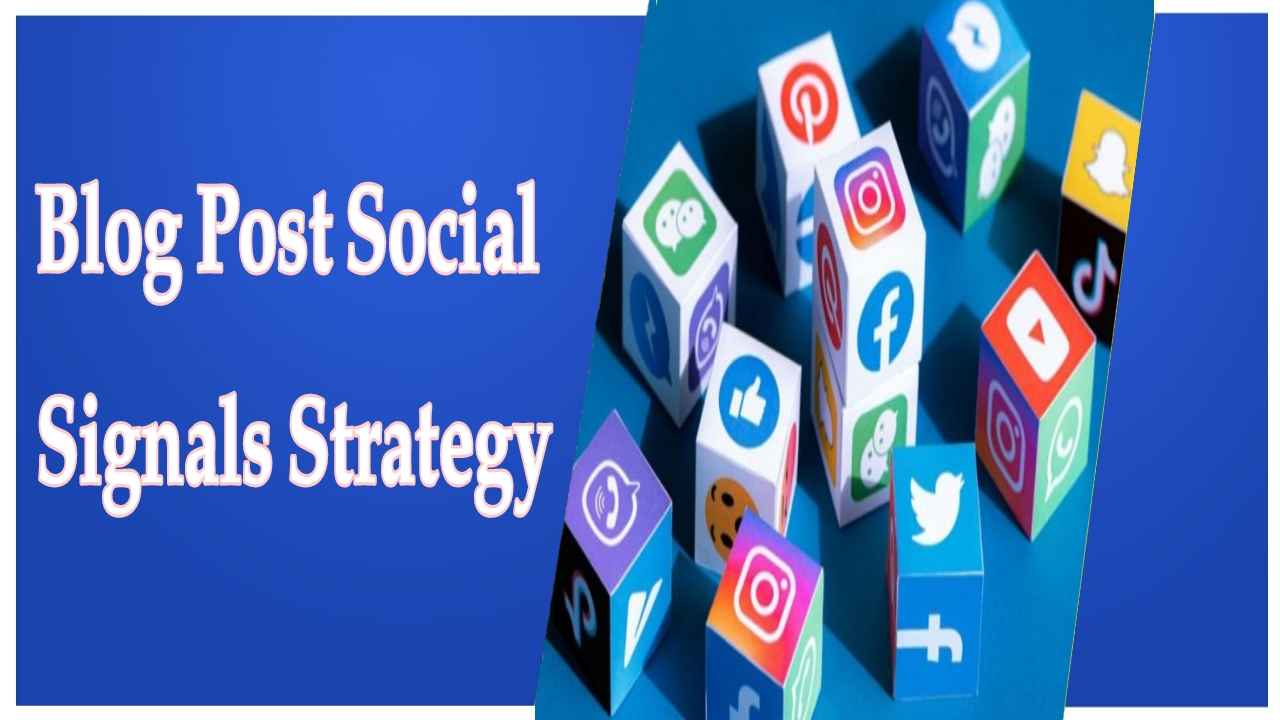Social signals are social media recommendations which are accumulated through social media sites, such as. Facebook, Twitter, Instragram and Pinterest. When you post a blog article to a social media site; the author is subjecting the article to social signals; which are triggered through sharing, tweets, pins, comments and likes on various blog posts and content.
Social Signals V Seo
When it comes to SEO (Search Engine Optimisation) the traditional method of ranking a blog post or web page; keyword research, onsite SEO, off-site SEO, keywords, backlinks and anchor texts were the ‘to do thing’ when it comes to the SERPS (Search Engine Results Page (s) ), however, as social media has shifted the way in which consumers react with content, Google’s Panda and Penguin algorithm updates suggest, that social signals impact and influence the popularity of a blog post in the SERP’s. Social signals act as a recommendation to search engines as a fundamental vote of relevance and likability when it comes to the search engines or SERP’s as it known.
Social signals are a modern influencer when it comes to content ranking on the web. When it comes to social media, it is vital to be as active as possible across multiple platforms to influence social behaviour which in term is the social signal for Google that makes a piece of content popular in search engines.
In short: you can’t ignore social media platforms anymore if you want to be successful online! However; it doesn’t end there. Planning your content is just as important to create a buzz in the first place. After all; if nobody is talking about your content; then perhaps your content isn’t worthy of a shout out! Social media sharing is probably the most organic method to increase SERP’s.
How To Create Engaging Social Signal Content
When it comes to creating content; it is important to understand the fundamentals of social interaction. There are three main reasons how people use content to engage their audience. These are:
- Humour
-
Information or education
-
Emotive or emotion
These are the three fundamental strategies to apply to your content, which will produce social sharing, commenting, re-blogging, pinning, liking and tweeting. Ensure your content enlists one of these objectives and you should see a difference in your content’s social signals.
Humour Content
When it comes to humour; content is really king! People just love to be entertained. It is part of the human race’s DNA. The old folk law songs were traditional and humourous and momentarily relieved the soul of every day problems. Even within a digital world; humour strikes a short-term distraction from every day life! Fortunately all humans have this ability to imagine, focus and deviate from every day occurrences which enable us to relax, imagine and deviate from ‘real life’. Humour will always be a winner in creating a buzz on social media!
Informative Content
When it comes to content; number 2 is to be informative. As much as the average 17 years old will state: I hate school, the human being loves to learn. Over the duration and evolution of the human species; we were fortunate to be able to adapt and learn new things. Our concious brains enabled us to be problem solvers and our hands enabled us to build tools which helped us become advancers in life! The digtial world is no different: and as ever, learning something new is a fundamental part of our own DNA! The human race was built upon learning and discovering. Make sure that your content is informative. In the industry, it is known as ‘adding value’ to a reader’s experience. The more educated you are, the more informed and engaged your audience is.
When creating content, it is a good idea to add facts and figures, quotes and statistics and to drip feed your own opinions on topics of interest. After time; your audience will trust you, respond more and share your work in ways you would never have imagined.
Read more: How To Guest Post Effectively
Emotive Content
Emotive content can play a major factor when it comes to social sharing. The human race thrives on emotion, and responses can be unpredictable; but the advantages far out-weigh the disadvantages. Producing content that creates a reaction emotionally; is usually content that will be shared, liked, or commented on when it comes to social media profiles. It is important to be able to determine the different angle when creating content for your audience. Either way: you want it to be fun, educational or thought provoking to create social engagement.
Social Media Leaders
In a recent study, Google + proved to increase Google rankings by as much as 14-5%, whereas, Facebook increased SERP’s by 6.7%. Gaining followers and increasing social networks will overall boost your search engine rankings. Don’t ignore these facts and statistics. Becoming a master online is important, and building up your social media audiences is vital to complete overall success in the SERP’s.
Twitter on the other hand; can produce different results to Google + and Facebook. For example; infographics on Twitter increase engagement by as much as 850%, on Facebook alone, this is nearly only 75%. Whereas, Pinterest 1000+! SO, it is important to plan your content based around the three set criteria’s; but it is just as important to create content that works well on the social media platform you use to create interest on! Do your research and plan your time to execute a fantastic social signal strategy for your business or product’s needs.


Comments
Post a Comment